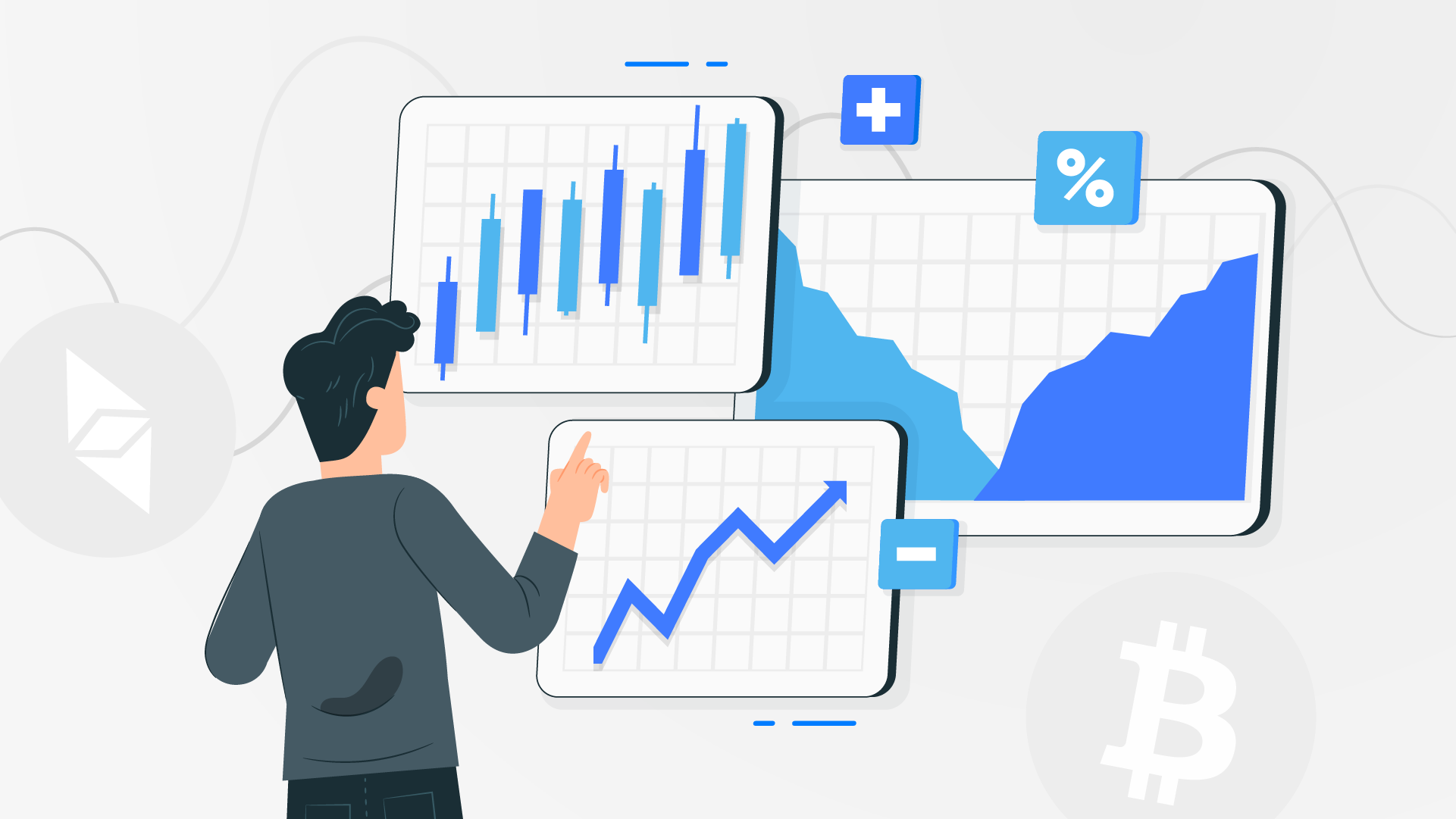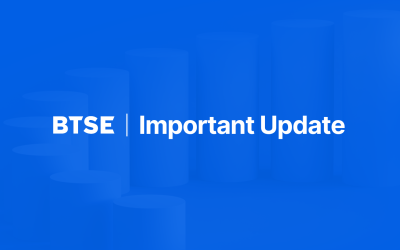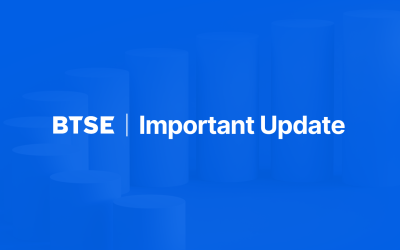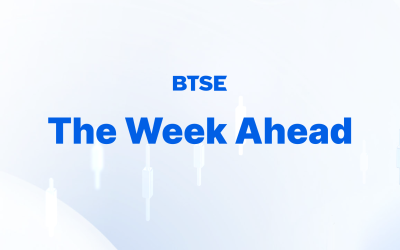Trading comes from a natural desire to grow one’s earnings, but reading trading charts is a learned skill. We introduce a few common chart types to help get you on your way.
Trading charts provide a basis for technical analysis to determine the movements and direction of financial markets. They show trends and patterns that enable traders and investors to form a market view and arrive at trading decisions.
Reading trading charts does not come naturally for most crypto traders, posing a challenge, especially for novice traders with no prior experience in traditional financial markets such as stocks and forex. However, understanding trading charts is necessary to determine precise market entry and exit points for overall crypto trading success.
Whether you are a day trader or a long-term crypto investor, understanding chart patterns is a prerequisite for success in the crypto space. In this guide, we are going to look at common chart patterns that you ought to understand.
The Line Chart
A line chart is one of the most common charts used in financial markets. It’s a basic level chart connecting a series of data points with a line. In cryptocurrency trading, a line chart is used to represent a coin’s performance (price action) over a particular period, usually represented by the line. Line charts can represent any time frame, according to days, months, and years.
Line charts may encompass two scales: linear and logarithmic. In the linear scale chart, the price scale is separated into equal sections; meanwhile, in the logarithmic chart, the price of a digital asset is scaled based on the percent changes. This means that if two price changes have a different absolute value yet are equal in percentage, the two price points will be represented by the same vertical shift on the log scale.

BTC line chart. Source: BTSE/TradingView
Linear charts are mainly used to represent the rate of market price changes, while logarithmic charts are used to represent the price trend. Sometimes, a volume indicator is placed at the bottom of the crypto line chart to indicate the coin’s trading volume represented in the chart. Trading volume is a fundamental indicator of crypto price direction and can be used to indicate the price direction.
Also, line charts may sometimes feature multiple lines representing different aspects of the coins, such as market share or price movement. When analyzing line charts, you should first determine whether the price is on a downward or upward trajectory, how the coin is performing in the short term and whether the price is stable or volatile. Analyzing a line chart is quite simple, and you can easily identify chart patterns and key trends.
Candlestick Charts
Candlestick charts are preferred by numerous crypto traders, as they indicate more market information rather than just crypto price movements, along with line charts. A candlestick chart can provide information on several metrics relating to the coin, such as price, market cap, and volume. It offers much deeper insight into how a particular coin is performing over a specific period — the reason it has become popular with crypto traders.
Candlestick charts are made up of candles representing various statistics, such as the highest market price, lowest price, opening price, and closing price of the specified period. The lines (wick) at the bottom and top of each candle indicate the highest and lowest trading prices, respectively, of the selected timeframe.
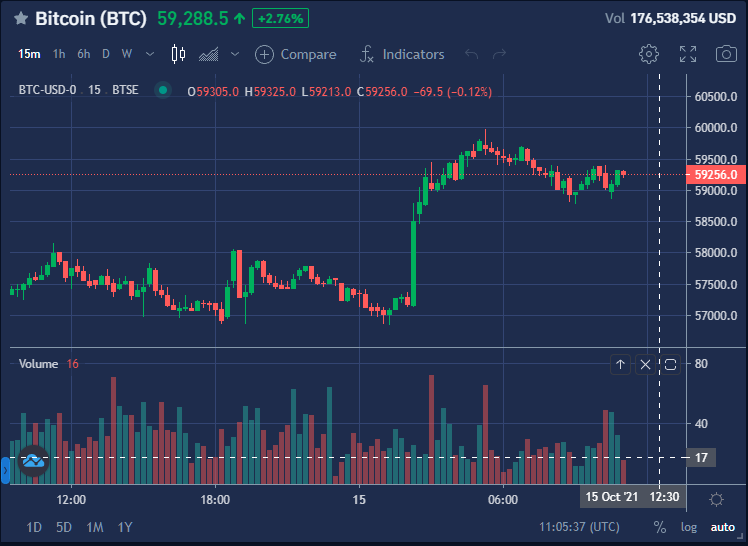
BTC candlestick chart. Source: BTSE/TradingView
The body of the candle is often shaded in two colors, typically green or red, to represent the market trend, whether bearish or bullish. A green shade points to a bullish trend, meaning the closing price was higher than the opening price. In contrast, a red shade indicates a bearish trend, meaning the closing price was lower than the opening price.
There are more than ten different types of candlestick patterns, each giving crypto traders various trends. The most common types of candlestick patterns include hammer (bullish pattern), inverse hammer (bullish pattern), hanging man (bearish pattern), shooting star (bearish pattern), and Dojis (continuation candlestick pattern).
Support and Resistance Levels
Support and resistance levels play a crucial role in technical analysis. It’s based on a simple concept of identifying price levels where the market price reacted by either moving past the barrier or reversing below it.
Support occurs where a price downtrend is expected to slow down primarily due to increased demand. On the flip side, resistance occurs when a price uptrend is expected to pause for a short time, mostly due to excessive supply. Support and resistance levels exist due to an influx of buyers and sellers at a certain point and are usually crucial market turning points, round numbers, and areas of congestion. Analyzing support and resistance levels can assist you in determining market breakouts and trade reversals.

Support and resistance level illustrated. Source: BetterTrader
Market Depth Chart
Market depth charts are not very common in the crypto space but can give you a rough idea about coin demand and supply. These charts consist of two colors, red (sell) and green (buy). The shades indicate the total number of coins that have buy and sell orders at the prevailing market price. The buy-side is usually represented in green and stands for open buy orders below the last traded price, or a bid. The sell-side is shaded red and indicates all current sell-orders above the last traded price, or an ask.
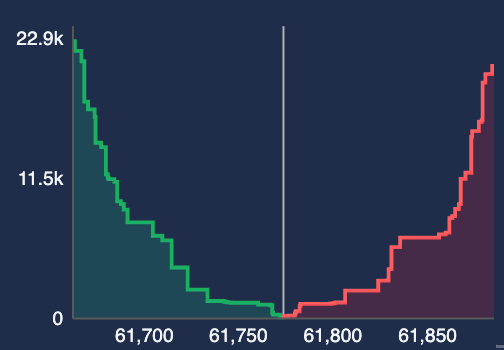
BTC market depth chart. Source: BTSE/TradingView
Moving Average
Cryptocurrencies are very volatile and thus carry significant risks. A moving average trend line is used to indicate the overall price trend over a particular time. Moving averages are crucial in technical analysis to predict market movements and determine support at a certain price. Moving average represents the average price of a digital asset based on its value for the past period. In most cases, crypto exchanges display three moving averages, usually based on the close prices for the previous 7, 25, and 99 days.
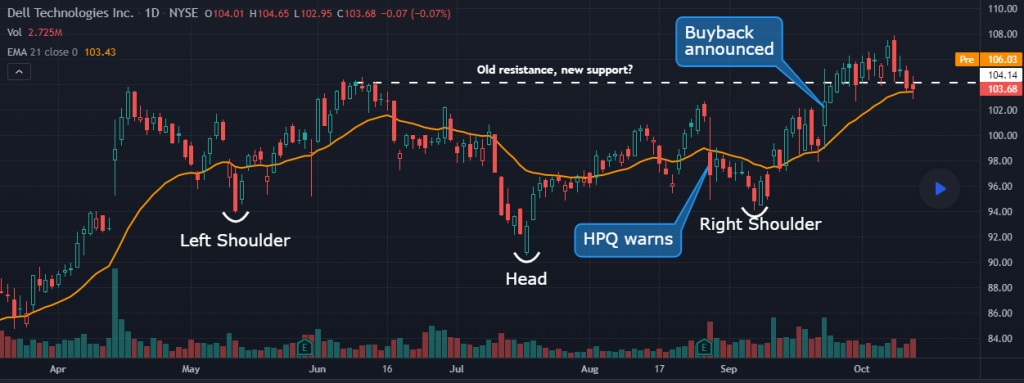
Moving average illustrated. Source: TradingView
The higher a moving average value is, the more significant the price direction is. There are different types of moving averages, notably Simple, Exponential, Smoothed, and Weighted. Moving averages are essential in determining market trends and signals for exiting or entering a position.
OHLC Chart
OHLC charts are quite similar to line charts in that they indicate the closing prices of the coins. However, unlike line charts, the OHLC chart displays open, high, low, and closing prices for each period. These charts are vital in determining market direction as they constitute four major market data points over a period to represent decreasing or increasing momentum.
When the opening and closing momentum are far apart, the price action has strong momentum. On the other hand, the market has a weak momentum when the open and close points are close together. OHLC charts can also determine the price volatility of a particular coin using the high and low points. Overall, traders can use these charts to determine whether it’s right to sell or buy.
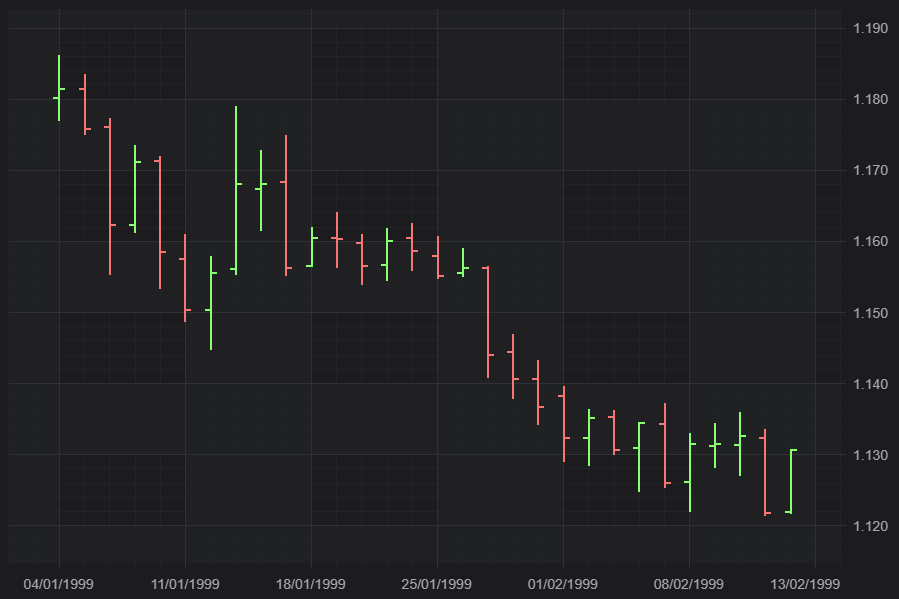
OHLC chart. Source: SciChart
Conclusion
Reading and analyzing trading charts is a vital skill for trading, whether in digital or traditional assets. It can be a little confusing for anyone to analyze trading charts, but you’ll get used to it with more practice. Even the most seasoned traders sometimes have difficulty analyzing charts, so you should give yourself some time.
Nonetheless, continually reading and interpreting charts using the most common indicators will ensure you get better with time. This guide only outlines the basic concepts of understanding trading chart patterns. It may be best to strengthen your knowledge using a practical approach and develop a crypto strategy that ideally suits you.
Our aim is to create a platform that offers users the most enjoyable trading experience. If you have any feedback, please reach out to us at feedback@btse.com or on Twitter @BTSE_Official.
Note: BTSE Blog contents are intended solely to provide varying insights and perspectives. Unless otherwise noted, they do not represent the views of BTSE and should in no way be treated as investment advice. Markets are volatile, and trading brings rewards and risks. Trade with caution.


